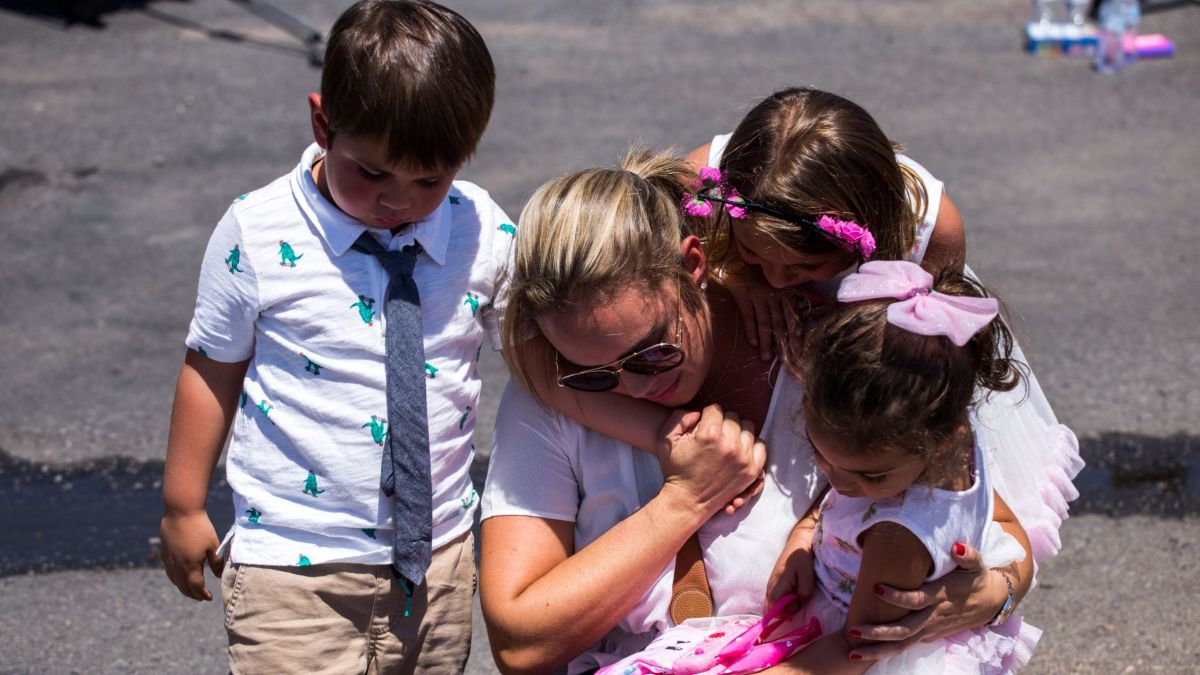Attention to AOC, Booker, Castro, Biden, O’Rourke and the rest…remember when President Trump said they dont send us their best? Check it, mostly Hondurans.
Hey Pelosi, hey Feinstein, what say you? Maybe someone can alert Shepard Smith too.
Fentanyl…..
The alleged leaders of the two organizations were Andy Reanos-Moreno and Eduardo Alfonso Viera-Chirinos, according to federal criminal complaints filed on Aug. 1 and July 29 and made public Wednesday.
Nielsen said the two cases were the first time in his law enforcement experience that he had seen the model of the leaders of a drug ring renting housing to the drug sellers.
The residences included apartments and houses in Oakland, Hayward and elsewhere and as many as five dealers, sometimes with partners and children, lived in each unit, according to the complaints.
In part: (AP) — The first step in a sweeping crackdown on crime ranging from drugs to sex trafficking in a notorious San Francisco neighborhood yielded 32 arrests of mostly Honduran nationals tied to two international operations that poured heroin and cocaine into the community, U.S. prosecutors announced Wednesday.
In his first news conference since being appointed by President Donald Trump in January, U.S. Attorney David Anderson said he could no longer stand by as tourists, government workers and residents wade through a daily slog of crime. He said an enforcement initiative by more than 15 federal agencies would not affect “innocent” homeless people or drug users but would tackle high-level drug dealing, fraud, identity theft and firearms.
“My belief is that the Tenderloin, in fairness, deserves the rule of law every bit as much as other fine neighborhoods in San Francisco,” he said. “This is not an immigration initiative. This is not a deportation initiative. This is a public safety initiative.”
Still, San Francisco is a city that strongly opposes federal immigration sweeps, and immigration agents are among those joining the FBI, the Drug Enforcement Administration, U.S. Marshals Service and others in the effort. San Francisco was a sanctuary city before the rest of California largely pledged not to work with federal authorities on deporting people in the country illegally.
Chris Nielsen, special agent in charge of the Drug Enforcement Administration in San Francisco, said an investigation launched in late 2017 uncovered two independent operations stretching from Mexico to Seattle in which mostly Honduran nationals living on the eastern side of the San Francisco Bay Area commuted daily to the Tenderloin to sell drugs.
He said the “commuter drug dealers” acted like “independent contractors,” selling drugs in exchange for housing.
“Each morning, drugs were dropped off with dealers in the East Bay and then commuted into the city to sell to people from all over the area,” he said.
The federal crackdown, however, was criticized by San Francisco’s Coalition on Homelessness, whose officials say the Trump administration is targeting immigrants and the poor. “We are deeply concerned that low level offenders, drug users and individuals who do not have homes and are therefore more likely to come in contact with law enforcement will be disparately impacted,” said Sam Lew, the coalition’s policy director.
Others say the neighborhood desperately needs help. Andrea Fogelbach opened her “Slingshot Cafe” coffee shop two months ago in the neighborhood, where discarded needles litter the streets and people sleep in tents or out in the open.
“It’s pretty bad. They’re just shooting up right in front of you,” she said. “I’m afraid for my dog stepping on needles most of the time. If I had children, I don’t think I could live here.”
The organized nature of drug peddling in the Tenderloin was cited in an April city report, which stated that more than half of nearly 900 people booked into jail or cited for incidents tied to drug sales in 2017-18 were cited or arrested by police in the Tenderloin. It said a high percentage of drug sales involve organized crime and “sellers often give drugs to homeless people who are addicted in exchange” for holding the drugs.
The U.S. attorney’s office said it is devoting 15 prosecutors to the crackdown for at least a year.






.jpg&f=1)
